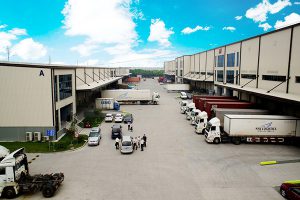
Property gains from factories leaving China
Vietnam’s industrial real estate is undergoing a turnaround to cash in on the rising wave of foreign capital influx and factories moving out of China.
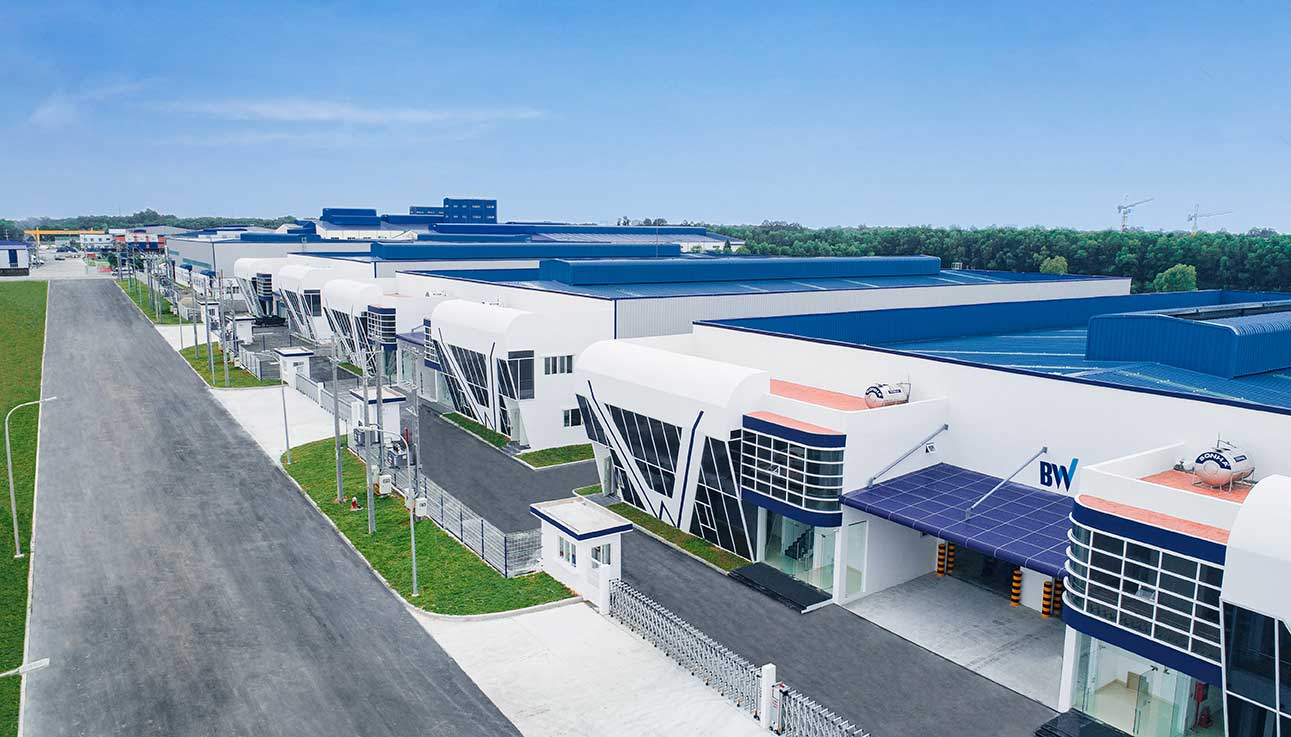

Vietnam’s industrial real estate is undergoing a turnaround to cash in on the rising wave of foreign capital influx and factories moving out of China.
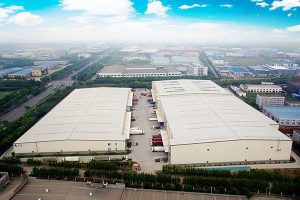
Vietnam’s surge towards becoming Asia’s fastest-growing economy is helping the country attract even more capital from overseas sources.
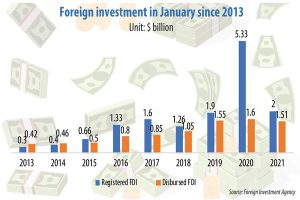
The wave of high-tech companies investing billions of US dollars in Vietnam is already materialising, raising the question for the country on exactly how to absorb all the incoming capital.
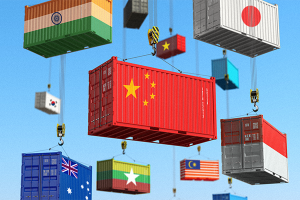
After a journey of eight years, the Regional Comprehensive Economic Partnership (RCEP) has finally been signed on November 15, 2020, covering 10 countries of ASEAN and another five countries with whom ASEAN has pre-existing free trade agreements: Australia, China, Japan, Korea and New Zealand.
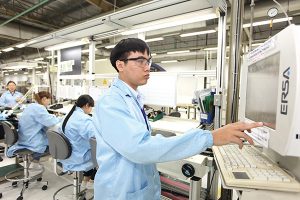
Currently, a good 50 Vietnamese enterprises have become top suppliers for Samsung Vietnam. The South Korean conglomerate has given the necessary support to help these companies improve their manufacturing processes and better meet global supply chain standards – but becoming one of its regular suppliers is no mean feat.
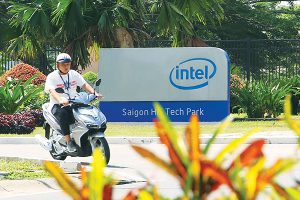
In January, Intel Corporation announced a further $475 million in Intel Products Vietnam (IPV). This new investment comes in addition to Intel’s $1 billion investment to build a state-of-the-art chip assembly and test manufacturing facility in Saigon Hi-Tech Park (SHTP), that was first announced in 2006. This takes Intel’s total investment in its Vietnam facility to $1.5 billion.

Vietnam’s industrial real estate is undergoing a turnaround to cash in on the rising wave of foreign capital influx and factories moving out of China.

Vietnam’s surge towards becoming Asia’s fastest-growing economy is helping the country attract even more capital from overseas sources.

The wave of high-tech companies investing billions of US dollars in Vietnam is already materialising, raising the question for the country on exactly how to absorb all the incoming capital.

After a journey of eight years, the Regional Comprehensive Economic Partnership (RCEP) has finally been signed on November 15, 2020, covering 10 countries of ASEAN and another five countries with whom ASEAN has pre-existing free trade agreements: Australia, China, Japan, Korea and New Zealand.

Currently, a good 50 Vietnamese enterprises have become top suppliers for Samsung Vietnam. The South Korean conglomerate has given the necessary support to help these companies improve their manufacturing processes and better meet global supply chain standards – but becoming one of its regular suppliers is no mean feat.

In January, Intel Corporation announced a further $475 million in Intel Products Vietnam (IPV). This new investment comes in addition to Intel’s $1 billion investment to build a state-of-the-art chip assembly and test manufacturing facility in Saigon Hi-Tech Park (SHTP), that was first announced in 2006. This takes Intel’s total investment in its Vietnam facility to $1.5 billion.